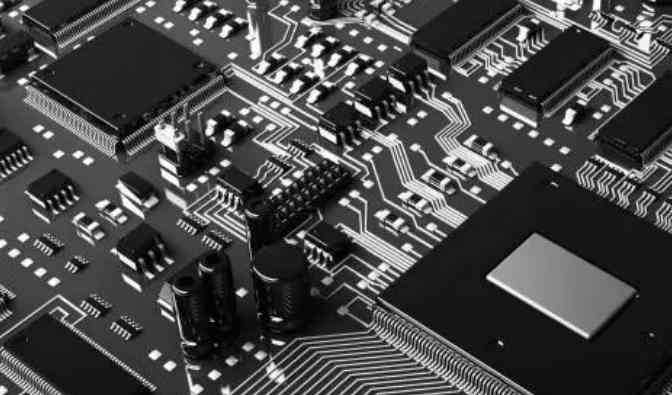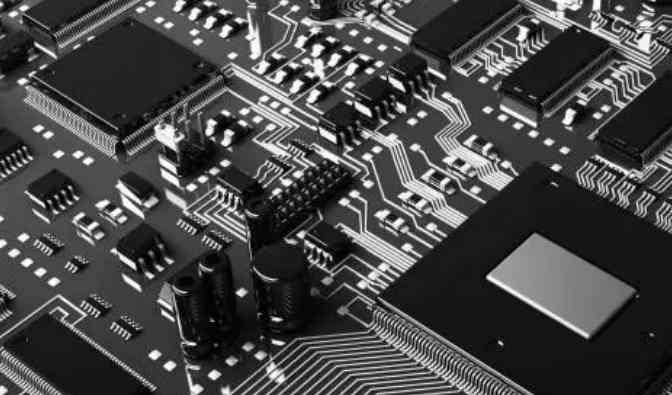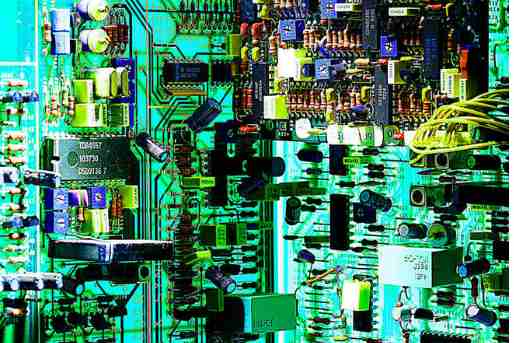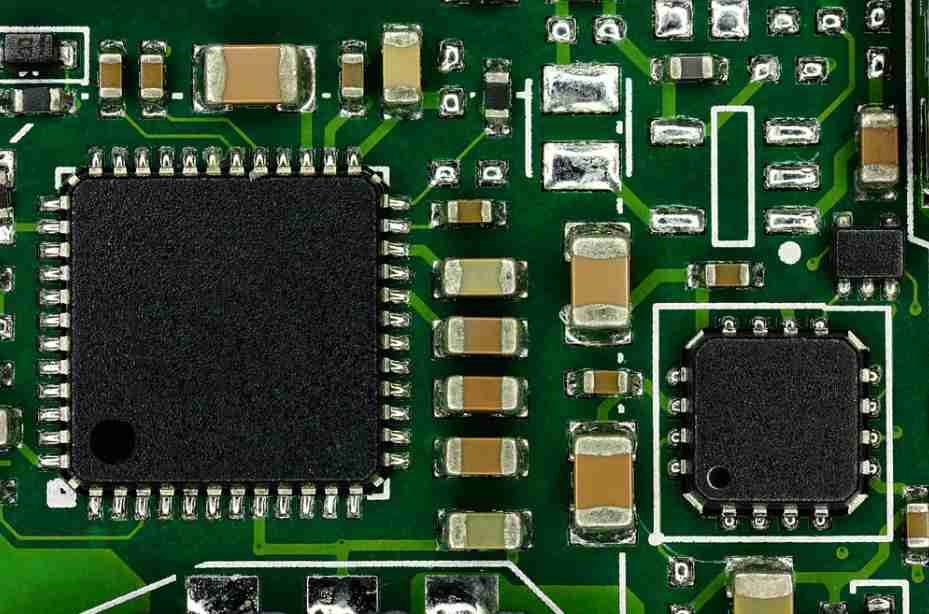
Here mainly talk about two aspects of the problem: the first is the design of different stages of grid point selection, the second for the wiring of different grid point selection.
Different stages of design require different grid Settings. In the layout stage, large grid points can be selected for device layout. For large devices such as IC and non-positioning connectors, the grid accuracy of 50 ~ 100mil can be used for layout, and for passive small devices such as resistance, tolerance and inductance, the grid accuracy of 25mil can be used for layout. The accuracy of large grid points is conducive to the aesthetic alignment and layout of devices. In the design with BGA, if 1.27mm BGA is used, then we can set the accuracy of the grid point to 25mil when Fanout, so that the fanout hole is hit in the center of the four pins. For 1.0mm and 0.8mm BGA, we'd better use mm units for layout, so that the fanout holes can be well set. For other IC fanout, it is also recommended to design with the design accuracy of large grid points. We recommend that the fanout grid should preferably be 50mil or even larger. It is best if you can ensure that every two holes can be routed.
In the wiring stage of the grid point can be selected 5mil, but not completely. Remember not to set to 1mil wiring grid points, this will make wiring become very tedious, very time consuming. Now let's talk about why 5mil (or other lattice points) design accuracy is recommended in wiring design.
Generally speaking, two factors determine the design grid point: line width and line spacing. In order to match our design accuracy, we can use the following simple formula: (line width + line spacing)/5=n, (n must be > An integer of 1). In real design, line width + line spacing can be greater than 10. Take 15 as an example. Thus, when the line width is 6mil, the line spacing is 9mil. When the line width is 7mil, the line spacing is 8mil. Only in this way, we can use the lattice precision to ensure the correctness of the design rules in the design adjustment. It is best to use more than 25mil when wiring the hole lattice point. In ALLEGRO, we can achieve the difference between the grid points of wiring and holes through the setting of the size grid points. This can be larger than the hole and small grid points.
The concept of PCB signal integrity
Electromagnetic interference
Electromagnetic interference refers to the phenomenon of electromagnetic changes caused by the noise emitted from electronic products, which can reduce the working performance of equipment, devices or systems. It is mainly divided into two kinds: conduction interference and radiation interference. Conducted interference refers to the electromagnetic coupling (interference) of signals from one electrical network to another electrical network through a conducting medium; Radiative interference is when a source of interference (electromagnetic) couples its signal (interference) to another electrical network through space. In the design of PCB, the main thing to consider is radiation interference, because the pin of integrated circuit, all kinds of connectors and so on have the characteristics of antenna, can emit electromagnetic waves and affect the normal work of this system or other electrical systems.

Signal integrity
Signal integrity refers to the transmission quality of the signal on the signal line and the ability of the signal to respond with the correct timing and voltage in the circuit. In the actual circuit work, due to a variety of factors will often cause signal transmission quality decline, affect the normal work of equipment. Therefore, in circuit design, it is necessary to consider that the signal can reach the required voltage level value when needed, that is, the signal has good signal integrity.
crosstalk
Crosstalk refers to the signal coupling between two signal lines, that is, the mutual inductance and mutual capacity between signal lines will cause noise on the signal lines. The parameters of PCB board layer, the distance between signal lines, the electrical characteristics of the driver end and the receiver end and the way of wire end will have some influence on the crosstalk.
crosstalk
A reflection is an echo produced on a signal transmission line. If the source and load impedance do not match, when the signal power is transmitted to the line and reaches the load, it will cause the line reflection, and the load will reflect part of the voltage back to the source. Changes in wiring geometry, incorrect wire terminations, transmission through connectors, and power plane discontinuities can cause such reflections.
Network impedance is the ratio of input voltage to input current on a signal transmission line. When one of the sources sends a signal onto the transmission line, the impedance blocks the signal drive until 2TD, when the signal remains unchanged. TD is the delay of the transmission line.
Overshoot and undershoot
Overshoot means that the first peak or valley value of the signal exceeds the set voltage, which refers to the highest voltage for rising edge and the lowest voltage for falling edge. Downsurge refers to the next valley value or peak. When the overshoot is serious, the protection diode will fail prematurely because of its work. Severe downstrokes can cause false clock or data errors (misoperation)









